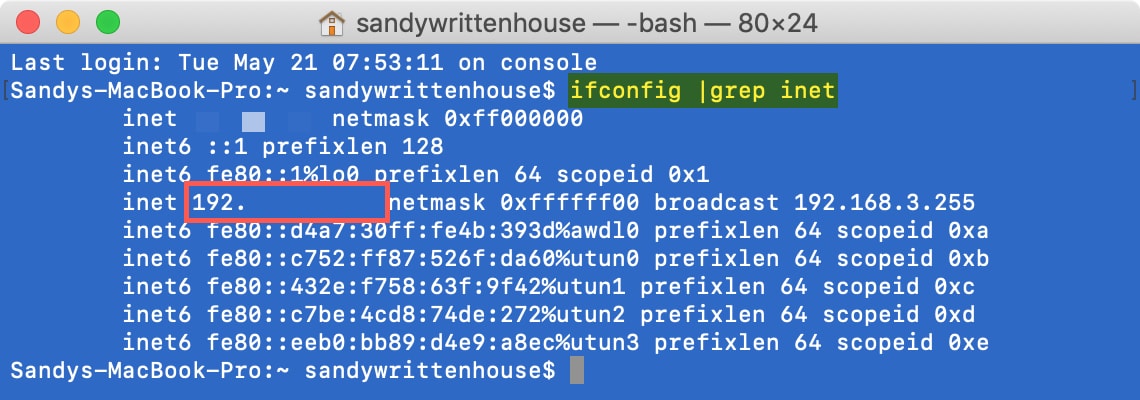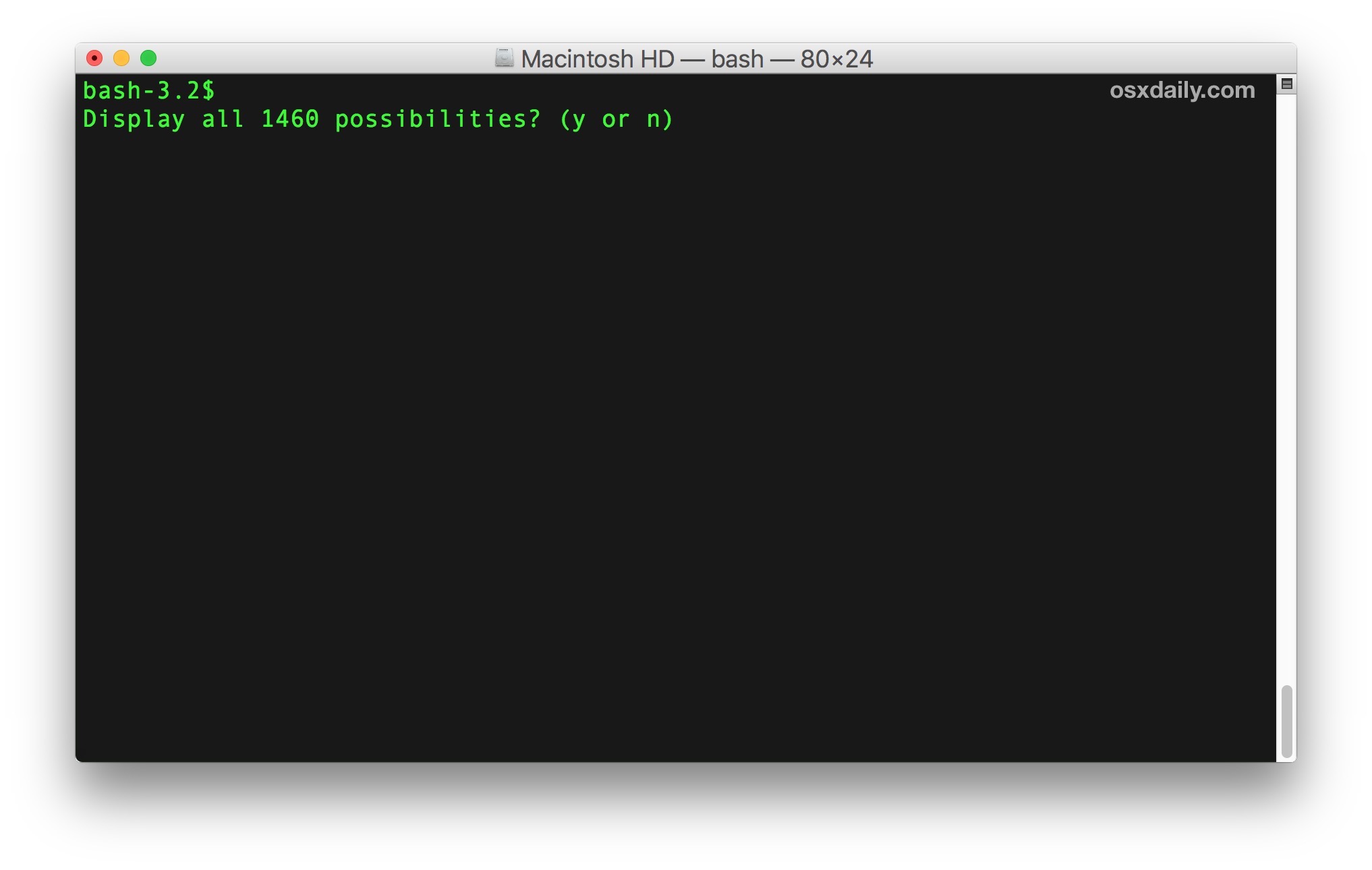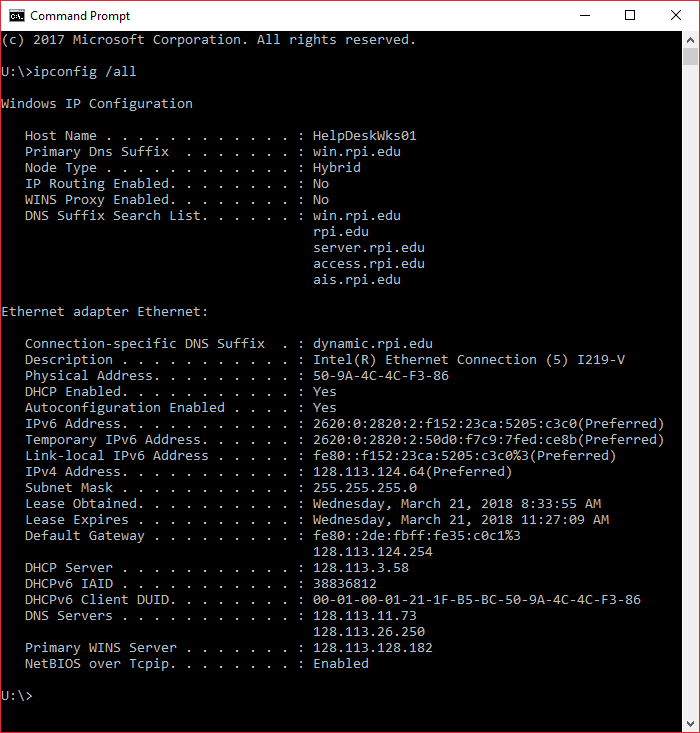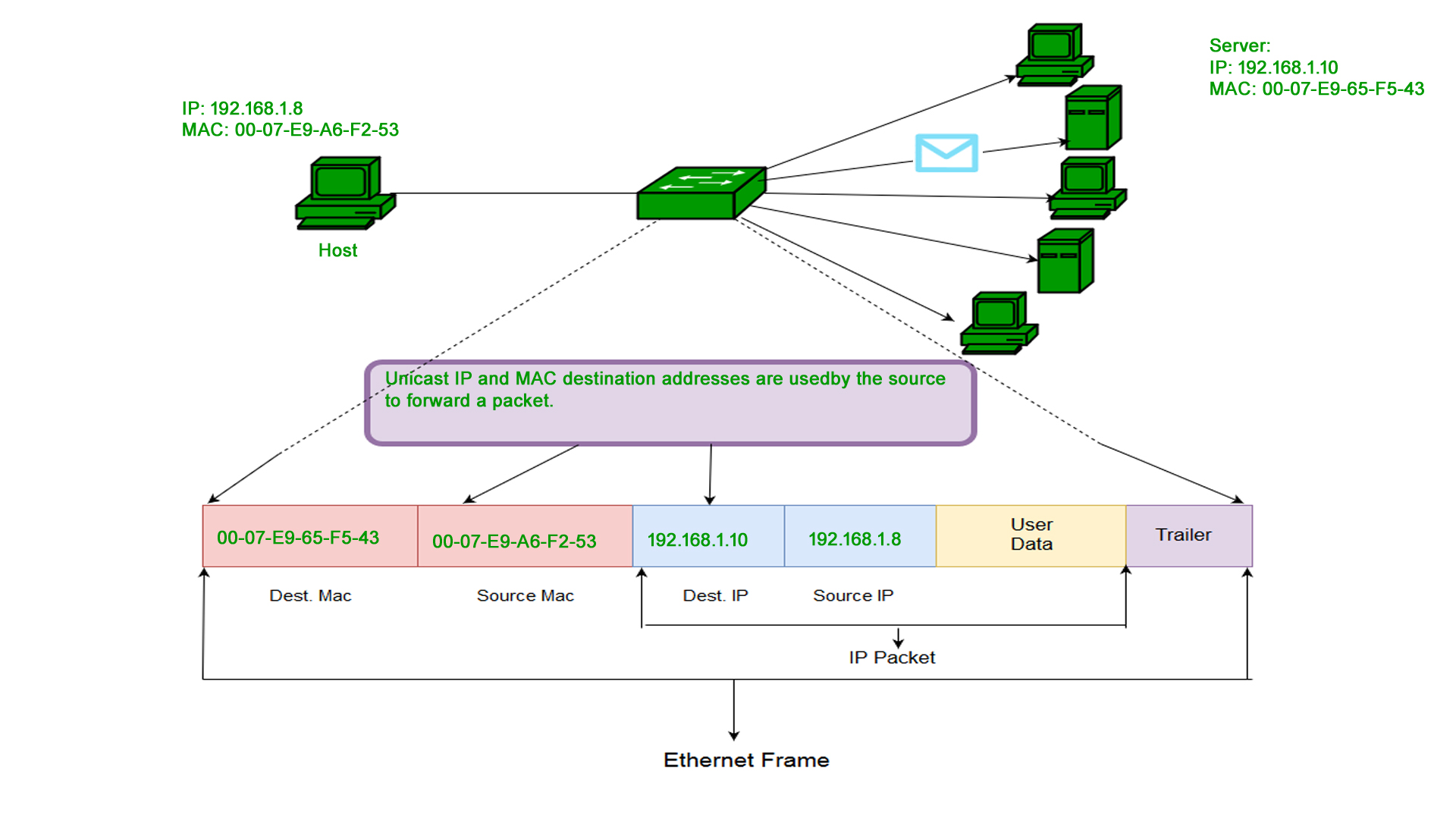12 Mac Ip Address Commands: Ultimate Terminal Guide

Introduction to Mac IP Address Commands

As a Mac user, understanding how to navigate and manage your network settings is crucial for maintaining a stable and secure internet connection. One of the fundamental aspects of network management involves working with IP addresses. Your Mac’s IP address is its unique identifier on a network, allowing it to communicate with other devices. In this guide, we will delve into the world of Mac IP address commands, providing you with a comprehensive toolkit to manage your network settings directly from the Terminal.
Understanding IP Addresses on Mac

Before diving into the commands, it’s essential to understand what an IP address is and its types. An IP address is a unique numerical label assigned to each device connected to a computer network that uses the Internet Protocol for communication. There are two main types of IP addresses: IPv4 and IPv6. IPv4 addresses are 32-bit numbers usually expressed in dotted decimal notation (e.g., 192.168.1.1), while IPv6 addresses are 128-bit numbers written in hexadecimal notation (e.g., 2001:0db8:85a3:0000:0000:8a2e:0370:7334).
Basic Mac IP Address Commands

Here are some basic commands you can use in the Terminal to view and manage your Mac’s IP address:
- ifconfig: This command is used to view and configure network interfaces. Typing
ifconfigin the Terminal will display information about your network interfaces, including their IP addresses. - ipconfig: Similar to ifconfig,
ipconfigis used to view and manage network settings. For example,ipconfig getifaddr en0will show you the IP address of your Ethernet interface. - ping: The
pingcommand is used to test network connectivity. For example,ping 8.8.8.8will test your connection to Google’s public DNS server.
Advanced Mac IP Address Commands

For more advanced users, here are some commands that offer deeper control over network settings:
- networksetup: This command allows you to configure network settings from the Terminal. For example,
networksetup -setdhcp "Ethernet"will set your Ethernet connection to use DHCP. - netstat: The
netstatcommand displays active Internet connections, routing tables, and interface statistics. For example,netstat -rwill show you the routing tables. - dig: Short for Domain Information Groper,
digis a command used to query DNS servers. For example,dig google.comwill show you the IP address of Google’s website.
Managing Network Interfaces

Sometimes, you may need to manage your network interfaces directly. Here are some commands to help you do so:
- ifconfig en0 down: This command will bring down your Ethernet interface.
- ifconfig en0 up: Conversely, this command will bring your Ethernet interface back up.
- ifconfig en0 192.168.1.100: This command will manually set the IP address of your Ethernet interface to 192.168.1.100.
Troubleshooting Network Issues

When faced with network issues, these commands can help you diagnose and potentially fix the problems:
- traceroute: This command shows the path that packets take from your Mac to a specified host. For example,
traceroute google.comwill show you the route to Google’s website. - nslookup: This command is used to perform DNS lookups. For example,
nslookup google.comwill show you the IP address of Google’s website.
💡 Note: Always be cautious when using Terminal commands, especially when modifying network settings, as incorrect changes can lead to loss of connectivity or security vulnerabilities.
Conclusion and Final Thoughts

Mastering Mac IP address commands can significantly enhance your ability to manage and troubleshoot your network settings. Whether you’re a beginner looking to understand the basics or an advanced user seeking more control over your network, the commands outlined in this guide provide a powerful toolkit. Remember, practice makes perfect, so don’t hesitate to experiment with these commands in a safe and controlled environment.
What is the difference between IPv4 and IPv6?

+
IPv4 addresses are 32-bit numbers usually expressed in dotted decimal notation, while IPv6 addresses are 128-bit numbers written in hexadecimal notation. IPv6 was developed to provide a much larger address space due to the limitations of IPv4.
How do I reset my network settings to default?

+
To reset your network settings, you can use the command networksetup -resetallnetworksettings. However, be cautious as this will erase all your network settings, including Wi-Fi passwords.
Can I use these commands on other operating systems?

+
While some commands may have equivalents on other operating systems, the specific syntax and functionality may vary. For example, ifconfig is used on Mac and Linux, but Windows uses ipconfig with slightly different options.



